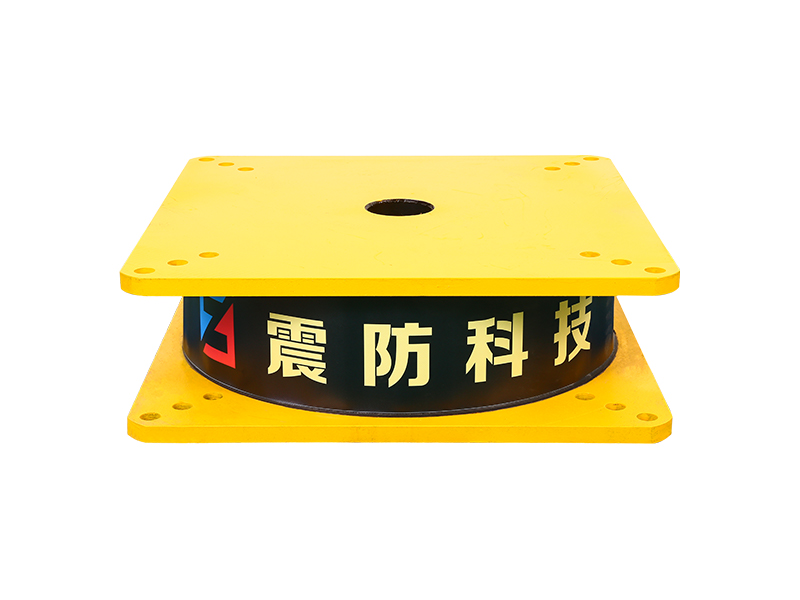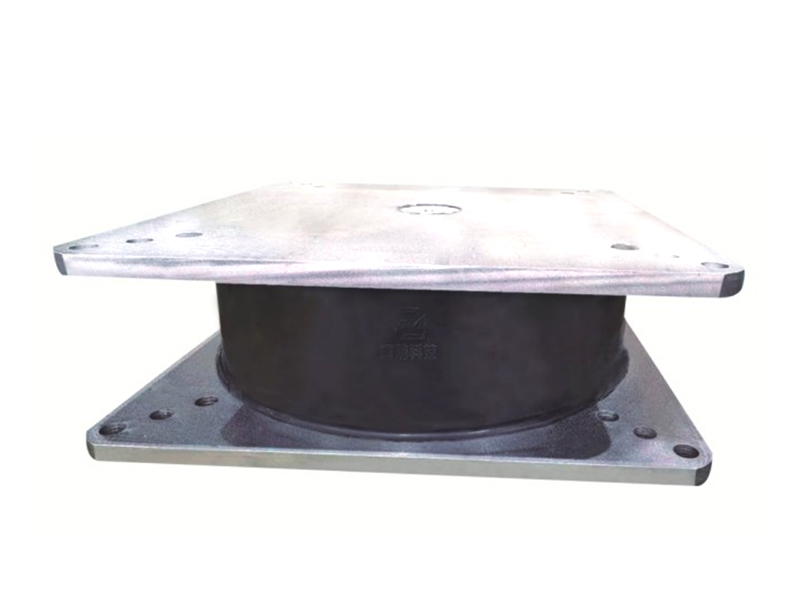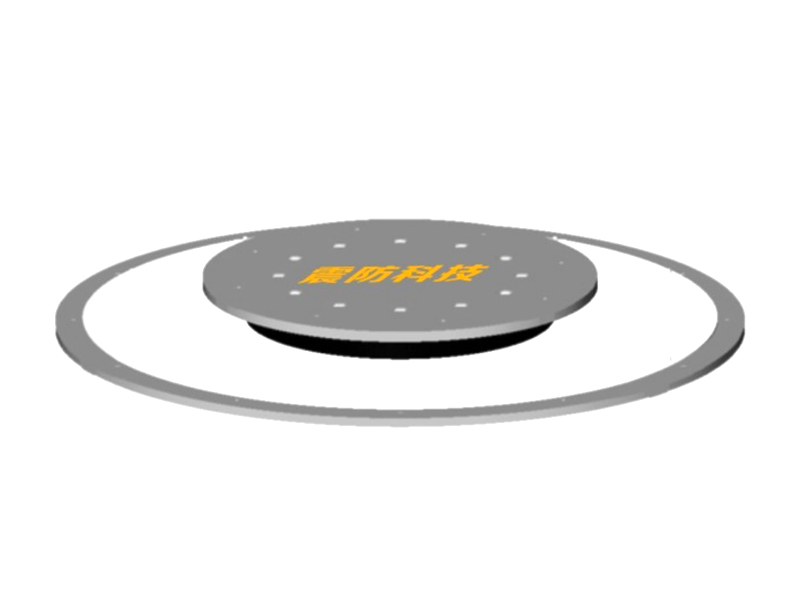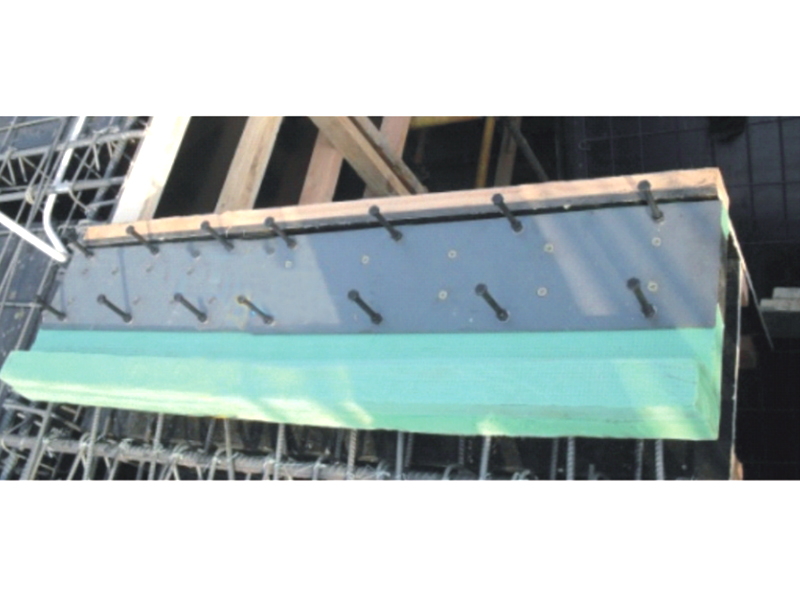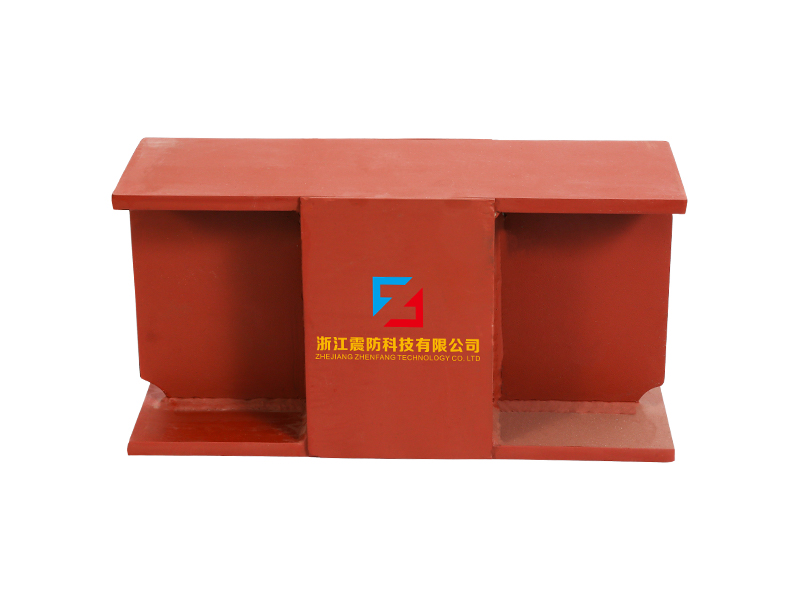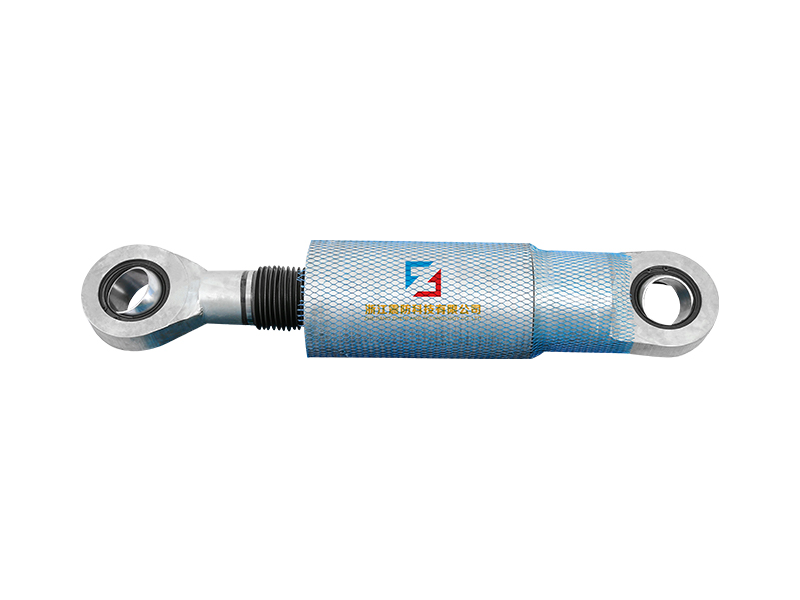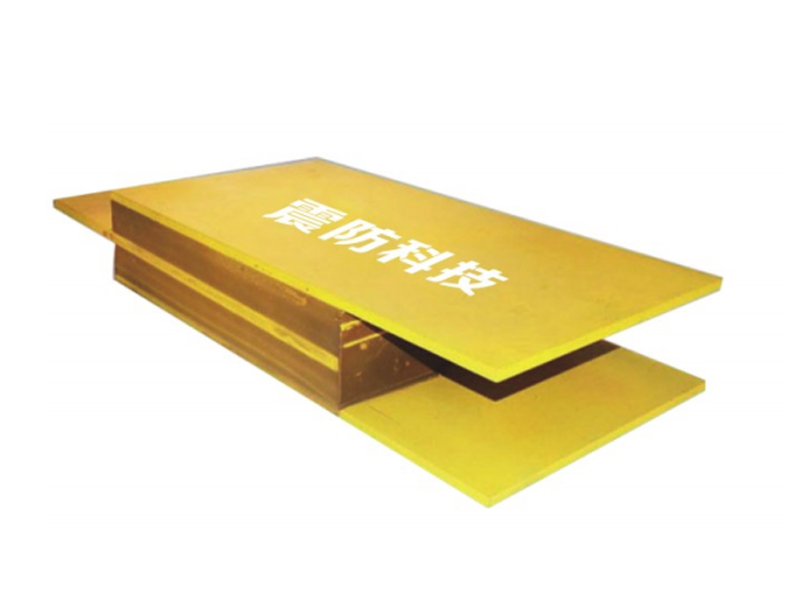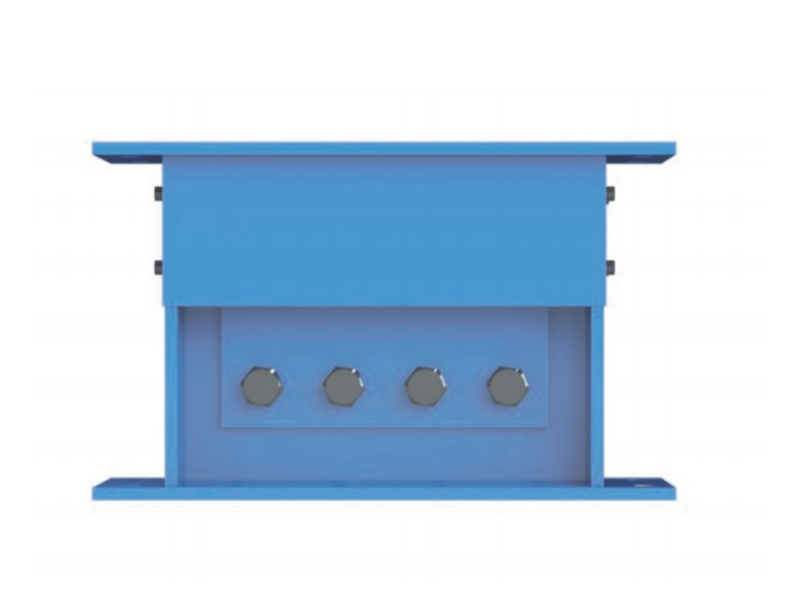The company has been adhering to the corporate tenet of "quality first, customer first", and sincerely welcomes domestic and foreign customers to visit and guide.
GET A QUOTEWhen the ground beneath us suddenly turns into a roller-coaster, lives depend on whether a building can ride out the motion or collapse under it. Seismic isolation bearings—rubber-steel sandwiches, curved sliders, or hybrid devices—sit quietly between columns and foundations, yet they are the decisive layer that decides who walks away. How exactly do they turn lethal shaking into mere sway? The answer lies in three intertwined mechanisms: lengthening the structure’s natural period, dissipating earthquake energy, and maintaining vertical support when everything else is moving sideways.
To begin with, bearings decouple the building from the ground’s high-frequency jolts. A conventional structure fixed to its footing must follow every snap of the fault within 0.1–0.3 seconds. By inserting flexible elastomeric pads or sliding curved surfaces, engineers push the building’s natural period to 2–3 seconds, shifting it away from the earthquake’s many violent energy band. Imagine pushing a child on a swing: short, sharp pushes are ineffective, but timed long pushes add amplitude. Seismic bearings make the earthquake the ineffective pusher, sparing the structure the deadly “resonance” that topples rigid frames.
Second, bearings absorb and dissipate energy that would otherwise tear beams and columns apart. High-damping rubber compounds convert kinetic energy into heat through molecular friction; cores yield and re-crystallize, sacrificing themselves to protect the frame; and PTFE-steel sliders generate controlled friction that slows motion like an invisible shock absorber.
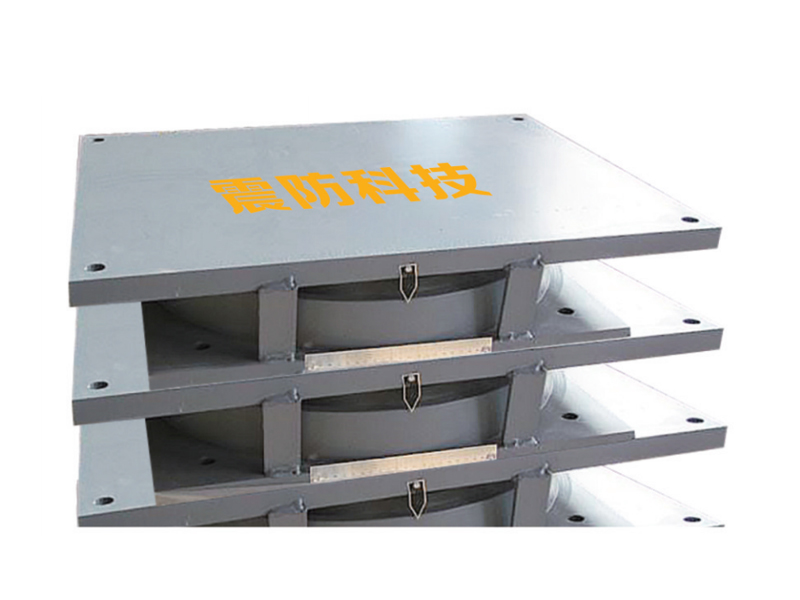
Third, bearings preserve vertical load-carrying capacity while allowing lateral displacement. A hospital cannot tolerate 30 cm of drift if oxygen lines and surgical lights must remain aligned. Bearings are designed so that even at good displacement the vertical load path stays intact; elastomer layers are reinforced with steel shims, and concave sliders maintain contact across their entire surface. This dual capacity was proven in 2011 when Sendai’s newly built Miyagi Prefectural Government Building—mounted on 48 triple-curved friction bearings—shifted 26 cm sideways yet continued operating as an emergency headquarters throughout the Tohoku quake and tsunami aftermath.
The cumulative effect is quantifiable in lives saved. Post-earthquake surveys in Chile (2010) and New Zealand (2011) showed that base-isolated hospitals and emergency housing recorded zero fatalities, while adjacent conventional buildings suffered partial or total collapse. Beyond the numbers, isolation bearings enable “functional recovery”—hospitals remain open, data centers stay online, and residents return home within hours instead of years.
Seismic isolation bearing is not merely an engineering upgrade; it is a social contract. By choosing bearings over traditional fixes, owners trade a modest upfront cost—typically 4–7 % of total construction—for a guarantee that the vulnerable moment in a person’s life will not be spent under falling concrete. In that sense, every rubber pad and steel shim is a silent guardian that transforms the question “Will I survive?” into the confident statement “I will walk out alive.”
